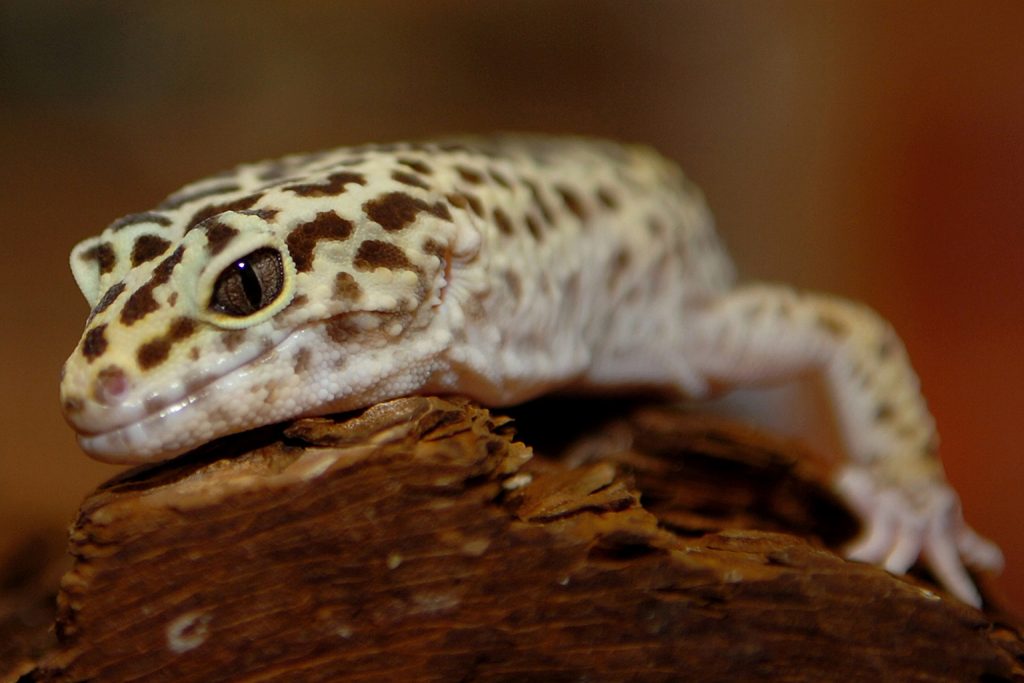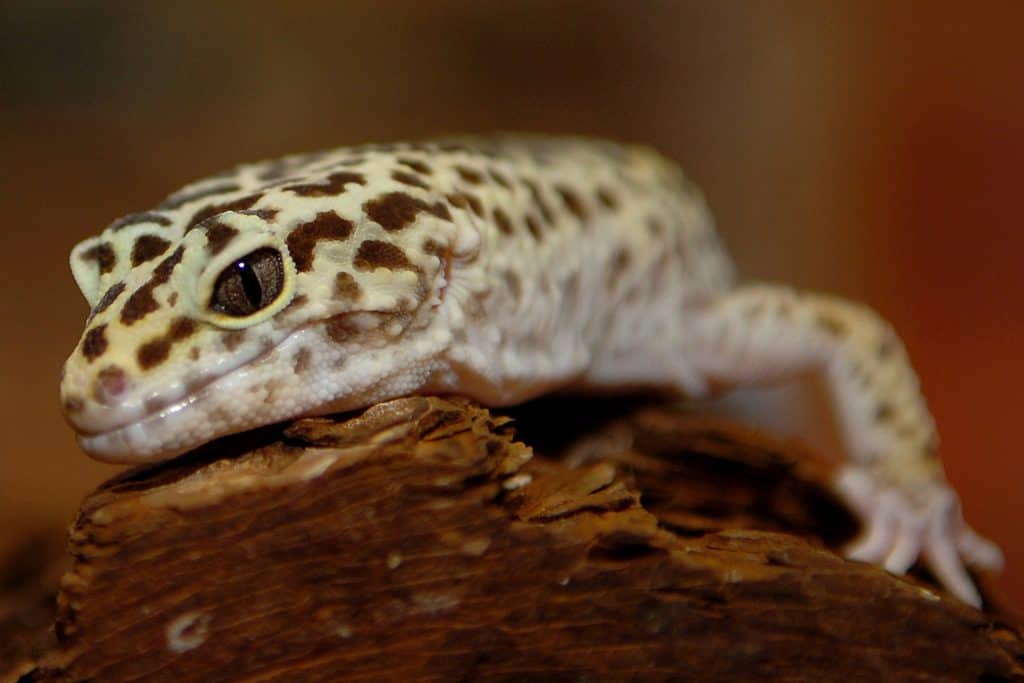Geckos are fascinating creatures that have captured the attention of people all over the world. With their unique ability to climb walls and ceilings, they are truly a marvel of nature. But have you ever wondered if geckos have eyelids? It’s a question that has puzzled many, and the answer may surprise you.
Geckos are known for their large, expressive eyes that seem to be constantly watching their surroundings. However, upon closer inspection, you may notice that their eyes never seem to blink. This is because geckos do not have traditional eyelids like humans do. Instead, they have a thin, transparent membrane that covers their eyes, known as a spectacle. This adaptation allows geckos to keep their eyes moist and protected while still being able to see their prey clearly. So, while geckos may not have eyelids in the traditional sense, they have evolved a unique way to protect their eyes and survive in their environment.
Yes, geckos have eyelids, but they are not like human eyelids. Geckos have a transparent membrane that covers and protects their eyes called a spectacle or eyecap. This membrane is fixed and cannot blink or move like traditional eyelids. Geckos clean their eyes by licking them with their tongue.

Do Geckos Have Eyelids? The Truth Revealed!
Understanding Gecko Anatomy
Geckos are fascinating creatures with unique physical features that make them stand out from other reptiles. One of the most notable features is their eyes, which are large, round, and bulging. But do geckos have eyelids? The answer is both yes and no.
Geckos have a semi-transparent membrane known as a “spectacle” that covers and protects their eyes. This membrane is similar to an eyelid but is not the same thing. Unlike eyelids, the spectacle cannot blink or close completely. Instead, the spectacle acts as a shield, keeping the gecko’s eyes moist and protected from debris and dust.
However, geckos do have a lower eyelid that is movable and functions similarly to a human eyelid. The lower eyelid helps to remove any debris that may have gotten past the spectacle. It also serves to keep the eye moist, just like a human’s eyelid.
Why Don’t Geckos Have Upper Eyelids?
Geckos are unique in that they do not have upper eyelids. This may seem strange, but it is actually an evolutionary adaptation that has allowed them to thrive in their environments. Without upper eyelids, geckos are able to see and hunt in low light conditions more effectively. This is because their eyes are always open and exposed to light, allowing them to gather more visual information.
Additionally, geckos are able to use their tongues to clean their eyes. Their tongues are covered in tiny bristles that help remove any debris that may have accumulated on the spectacle or lower eyelid.
The Benefits of Not Having Upper Eyelids
Geckos have evolved to thrive in environments that are harsh and unforgiving. Their lack of upper eyelids has allowed them to adapt to a wide range of conditions, from the hot, dry deserts to the humid rainforests.
Without upper eyelids, geckos are able to see in low light conditions more effectively. This has allowed them to become nocturnal hunters, preying on insects and other small creatures that are active at night. Their eyes are also able to detect the slightest movements, which is essential for hunting and avoiding predators.
Furthermore, their unique eye anatomy has made them highly sought after in the pet trade. Geckos are popular pets due to their interesting appearance and low maintenance requirements. Many gecko species can thrive in small enclosures, making them an ideal pet for those with limited space.
Geckos vs. Other Reptiles
While geckos may not have traditional eyelids, they are not alone in this regard. Many other reptiles, such as snakes and crocodiles, also lack eyelids. These animals have adapted to their environments in different ways, with some developing transparent scales to protect their eyes, while others have evolved to close their eyes partially to protect them from debris.
In conclusion, geckos may not have eyelids in the traditional sense, but they do have a unique eye anatomy that has allowed them to thrive in a variety of environments. Their spectacle and lower eyelid work together to keep their eyes moist and protected, while their lack of upper eyelids has allowed them to see and hunt more effectively in low light conditions. Whether you are a gecko enthusiast or simply curious about these fascinating creatures, understanding their eye anatomy is a great way to appreciate their unique adaptations to their environments.
Frequently Asked Questions
Geckos are fascinating creatures known for their unique physical structures and abilities. One common question asked about geckos is whether or not they have eyelids. Here are five questions and answers about this topic:
Do geckos have eyelids?
Yes, geckos have eyelids, but they are not like the eyelids that humans and other animals have. Instead of a single, movable eyelid, geckos have a transparent membrane that covers and protects their eyes. This membrane, called a spectacle or brille, is fixed in place and cannot be moved.
The spectacle is made up of two layers of skin that are fused together. The outer layer is clear and allows light to pass through to the eye, while the inner layer is pigmented and provides protection from UV rays. Geckos cannot blink or close their eyes in the way that humans and other animals do, but they can shed their spectacles periodically to keep their eyes clean and healthy.
How do geckos keep their eyes moist without eyelids?
Since geckos cannot produce tears to keep their eyes moist, they rely on other methods to prevent their eyes from drying out. One way they do this is by licking their eyes with their long, flexible tongues. This action not only moistens their eyes but also helps to remove any debris or dirt that may have accumulated on their spectacles.
Another way geckos keep their eyes moist is by living in environments with high humidity levels. In these environments, the air is naturally moist, which helps to keep their eyes from drying out. Geckos also have a gland located near their eyes that produces a lubricating fluid to keep their eyes from becoming too dry.
Can geckos see well with their spectacles?
Geckos have excellent vision, and their spectacles are a vital part of their visual system. The clear outer layer of the spectacle allows light to pass through to the eye, while the pigmented inner layer protects the eye from UV rays and provides a sharper image.
Geckos can see a wide range of colors, including ultraviolet light, which is invisible to humans. They also have excellent depth perception and can track moving objects with great accuracy. Overall, geckos have highly developed visual systems that allow them to navigate their environment and find food and mates.
Do all geckos have spectacles?
Not all geckos have spectacles, but most species do. The presence or absence of spectacles depends on the habitat and lifestyle of the gecko. Species that live in arid environments, for example, may not have spectacles because they do not need as much protection from UV rays.
Some gecko species have spectacles that are more visible than others. For example, the spectacles of leopard geckos are large and clearly visible, while those of tokay geckos are smaller and harder to see. However, even if a gecko’s spectacles are not visible to the naked eye, they are still present and serve the same protective function.
What happens if a gecko loses its spectacles?
Geckos shed their spectacles periodically, usually every few weeks or months, depending on the species. When a gecko sheds its spectacle, the old membrane is discarded, and a new one grows in its place. If a gecko loses its spectacle due to injury or illness, it can be a serious problem.
Without a spectacle, a gecko’s eye is vulnerable to infection and damage from UV rays. The gecko may also have trouble seeing clearly, which can make it difficult to find food and avoid predators. In some cases, a gecko may be able to regrow a new spectacle, but this process can take several weeks or months, during which time the gecko’s eye is unprotected.
Do Crested Geckos Have Eyelids? (Fact Friday)
In conclusion, geckos do not have traditional eyelids like humans do. Instead, they have a transparent membrane that helps to protect their eyes and keep them moist. This membrane is called a spectacle or a nictitating membrane.
Despite not having eyelids, geckos have developed a unique way to clean their eyes. They use their tongues to lick their eyes, which removes any dust or debris. This behavior is not only helpful for keeping their eyes clean but also allows them to transfer scent signals to their tongue, providing valuable information about their environment.
Overall, geckos may not have the same kind of eyelids as humans, but they have adapted to their environment in fascinating ways. Their spectacle and tongue-cleaning behavior are just two examples of the unique traits that make these creatures so interesting to study.


